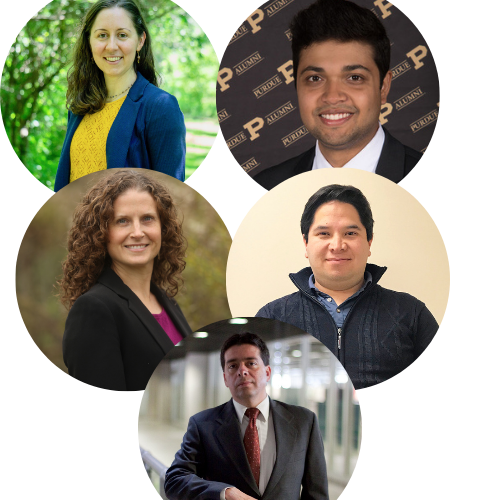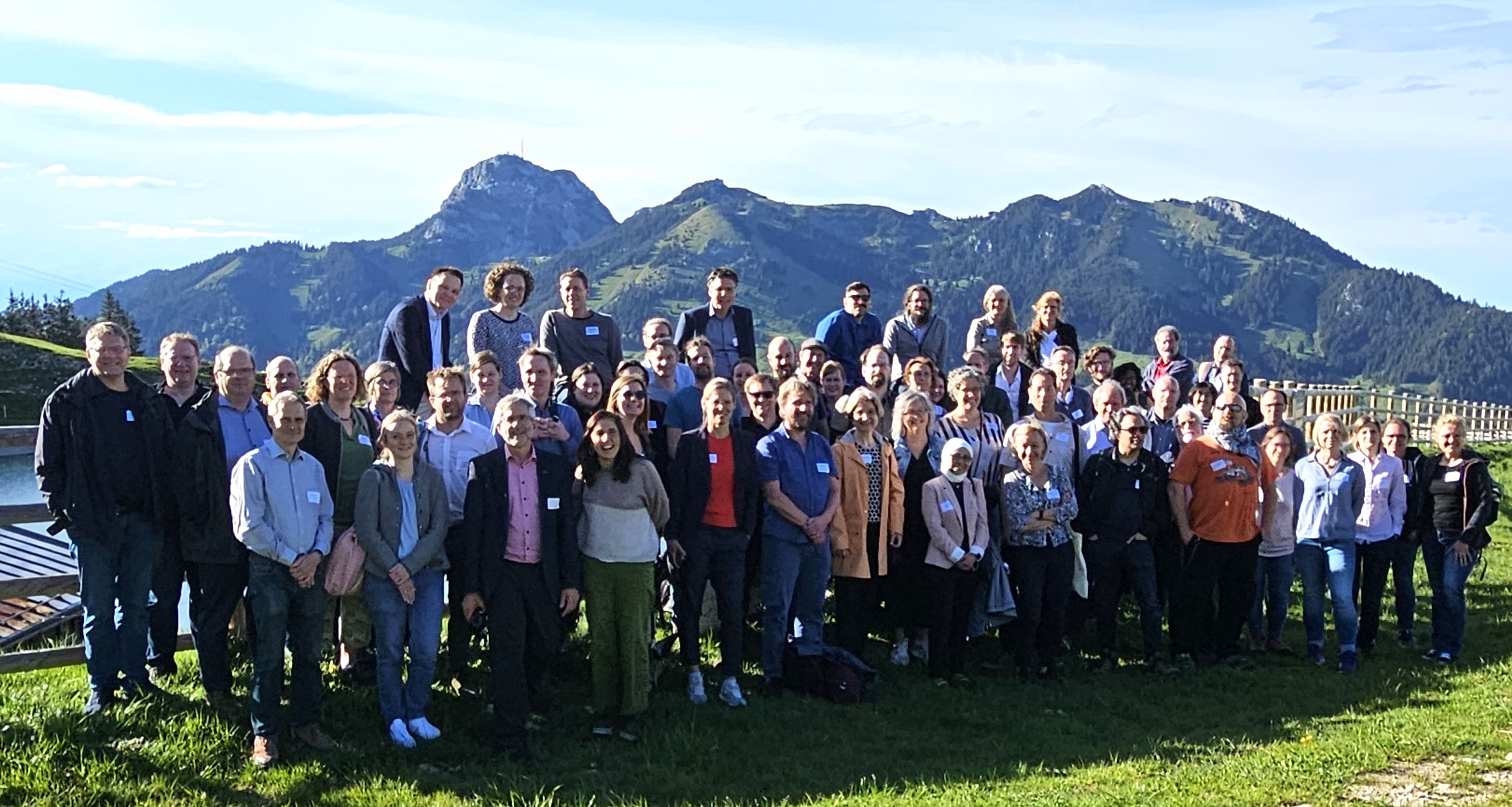Proceedings and videos of keynotes The conference proceedings and recorded keynote videos from the 12th…
Kirsten A. Davis, Siddhant S. Joshi, Lori Czerwionka, Gabriel Rios Rojas, Francisco J. Montalvo Purdue University, USA

In our increasingly connected and globalized world, engineering problems are becoming more complex and interdependent. Engineering courses often emphasize abstract and closed-ended problem solving approaches, offering few opportunities for students to develop the skills needed in this new environment. To address this gap, an interdisciplinary team at Purdue University has introduced a course that integrates the humanities with engineering. This article will describe the course structure and assessment results from the first cohort of students.
The Humanities-Informed Engineering Projects course was developed through funding from the United States National Endowment for the Humanities as a collaboration between the School of Languages and Cultures and the Global Engineering Alliance for Research and Education (GEARE) program in the College of Engineering. The course objective is to prepare engineering students to apply their technical skills appropriately and successfully in a wide range of global contexts and communities. To develop these skills, students analyze engineering case studies in different global locations from a humanistic–engineering perspective. They consider the human context of the problem, relying on sociological, anthropologic, historical, and cultural information as it interfaces with the technical problem. The course is offered in two sections: one taught in Spanish that covers four case studies in the Spanish-speaking world and one taught in the English section that covers six case studies in various global locations. For example, in the Dam Removal: Portes, France case study, students consider a dam modification/removal project. The dam, built during World War II, has in recent decades been a source of conflict centering on environmental concerns. In this case study, students examine the generation of clean energy (hydroelectric plants), the impact of flooding, problems of fish migration, and resettlement of communities. Each case study provides students with new opportunities to practice different engineering skills, while also developing a complex understanding of the people affected in each situation.
The design of the Humanities-Informed Engineering Projects course also encourages complex thinking. Before class, students review readings and audio materials from news sources, government websites, and academic publications about individual cases. During class, this information is applied in discussions with other students, allowing students to learn from the varied ideas shared by classmates. The class spends 2–3 weeks exploring each case study, where the students are presented with increasingly in-depth and complex information over the course of the module. At the end of each module, students demonstrate their understanding of the problem through an individual written assignment in which they discuss possible solutions, useful calculations, potential impacts, and the perspectives of stakeholders.
In the first iteration of the course, we collected pre/post assessment data on the development of systems thinking through the course. Systems thinking is the ability to see the world as a complex interconnected system where different parts can influence each other. We chose systems thinking as the focus of our assessment because it aligned with the course objectives and our framework for integrating engineering with the humanities. We used the Village of AbeeSee scenario-based assessment (Grohs et al., 2018) as it allows the collection of qualitative student responses that span multiple systems thinking dimensions and rubrics are provided for scoring student responses. Our research team scored students’ responses for both the pre- and post-tests and discussed our scoring as a group to reach consensus. We found that students experienced growth in three dimensions of systems thinking (out of six): Information Needs, Goals, and Alignment. The most notable growth was in the Information Needs dimension, indicating that students developed a deeper understanding of the information needed about the context of a problem to develop an effective solution. The remaining three dimensions of the systems thinking framework either remained static or declined between the pre- and post-tests. We believe that this result suggests that our course emphasized certain aspects of systems thinking more than others, which provides us opportunities for adjustment in future offerings. We also acknowledge that multiple courses and experiences are likely necessary to develop a multi-dimensional skill like systems thinking. We conclude that our approach has been successful in leading to students’ development of systems thinking skills and plan to continue offering the Humanities-Informed Engineering Projects course in future semesters.
For more information, see our journal article about this project:
https://digitalcommons.uri.edu/jiee/vol3/iss1/4/
For more information about the GEARE program:
https://www.opp.purdue.edu/our-programs/GEARE
For more information about the School of Languages and Cultures:
